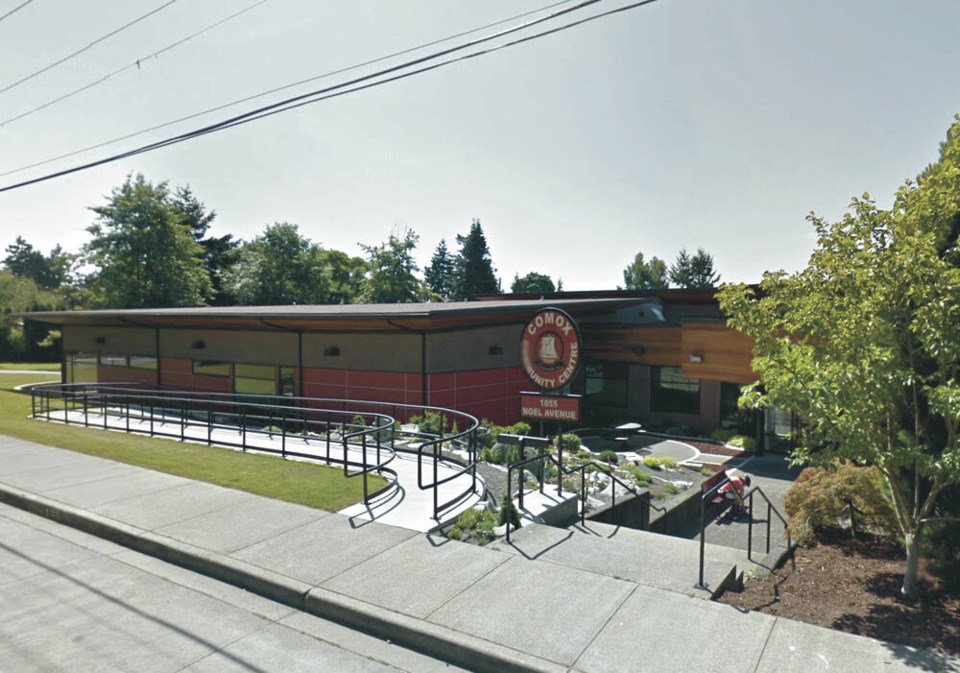The federal government and the Town of Comox have jointly announced that they will spend just over $485,000 to make the town’s community centre more energy efficient and emit fewer greenhouse gases.
Harjit S. Sajjan, minister of International Development and minister responsible for the Pacific Economic Development Agency of Canada and Comox Mayor Nicole Minions revealed details of the initiative on Thursday. Comox’s goal is to achieve near net-zero emissions by 2030. Modernization of the community centre is a step to making the goal a reality.
The plan is to replace the centre’s existing fossil-fuel-burning heating and ventilation system with an emissions-free electric heat pump. Lighting will be upgraded to more efficient LED technology. As a result of the upgrades, the centre estimates its energy consumption will drop by 30 per cent and its greenhouse gas emissions will be reduced by about 29 tonnes.
“Making our buildings greener is an indispensable step towards building stronger, healthier communities,” Sajjan said.
“I am proud to see the Town of Comox benefit from funding to support upgrades to this vital community hub that will provide residents with access to services and programs in a modern and energy efficient facility.”
Comox Community Centre, which is equipped with a fitness studio, a multi-purpose hall, a gymnasium and meeting rooms, provides a variety of recreation and cultural programs.
“Sustainability is one of the town’s priorities and is part of a decision-making pillar we use to improve the efficiency of our operations,” said Minions. “We look forward to these upgrades and are grateful for this grant from Infrastructure Canada to our Comox Community Centre.”
The initiative sees the Green and Inclusive Community Buildings program contributing $376,917 to the project, with the Town of Comox providing $108,915.
The Green and Inclusive Community Buildings program will award grants totalling $1.5 billion over five years towards upgrades to existing community buildings and new builds in underserved communities.
At least 10 per cent of funding will be earmarked for projects serving First Nations, Inuit, and Métis communities, including Indigenous populations in urban centres.
>>> To comment on this article, write a letter to the editor: [email protected]



